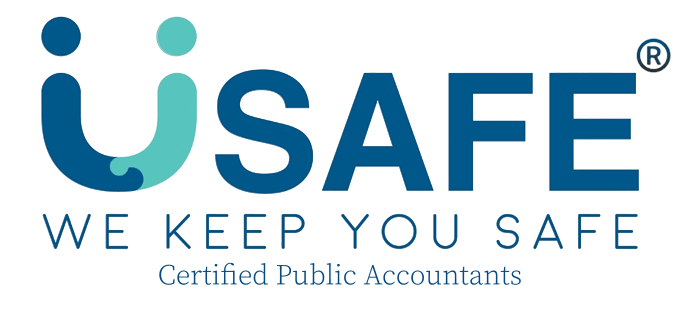IFRS 5 Non-current Assets Held for Sale and Discontinued Operations – Classification, Measurement, and Disclosure
1️⃣ Introduction: Understanding IFRS 5 Non-current Assets Held for Sale and Discontinued Operations
IFRS 5 Non-current Assets Held for Sale and Discontinued Operations sets the rules for reporting assets that management plans to sell and business segments that a company decides to discontinue.
In Singapore, businesses often restructure or divest subsidiaries. Therefore, IFRS 5 Non-current Assets Held for Sale and Discontinued Operations helps companies present these decisions clearly, timely, and consistently, which improves financial transparency.
2️⃣ Purpose and Scope
IFRS 5 applies when:
-
A non-current asset (or disposal group) meets the criteria to be held for sale, or
-
A business component qualifies as a discontinued operation.
The standard aims to provide information that users can rely on. As a result, investors can separate continuing performance from activities that will not continue.
IAS 37 Provisions, Contingent Liabilities and Contingent Assets
3️⃣ Classification as Held for Sale
A non-current asset or disposal group is classified as held for sale only when all of the following conditions are met:
-
Management commits to a formal plan to sell.
-
The asset becomes available for immediate sale.
-
The company begins an active search for a buyer.
-
The sale is highly probable within 12 months.
-
The asset is marketed at a reasonable price.
-
Management does not expect major changes to the plan.
In addition, the company must present these assets separately on the face of the statement of financial position.
4️⃣ Measurement of Assets Held for Sale
After classification:
-
Measure the asset at the lower of:
• carrying amount, and
• fair value less costs to sell. -
Stop depreciating the asset immediately.
-
Recognise impairment losses whenever fair value drops below carrying value.
Consequently, the carrying amount reflects current market conditions instead of historical cost.
5️⃣ Discontinued Operations
A discontinued operation is a component of the business that:
-
Represents a major line of business or region,
-
Forms part of a single coordinated disposal plan, or
-
Is a subsidiary purchased only for resale.
IFRS 5 requires companies to show discontinued operations as a single line in the income statement. This way, readers can separate continuing performance from discontinued activities.
6️⃣ Presentation and Disclosure Requirements
Companies must disclose:
-
A description of the asset or business being sold,
-
Details of the sale plan and expected timeline,
-
Impairment losses or reversals,
-
Cash flows from discontinued operations, and
-
Gains or losses on disposal.
Therefore, users gain a clear view of the sale’s financial effects. In Singapore, ACRA often reviews such disclosures during restructuring exercises.
7️⃣ Example: IFRS 5 in Practice
Scenario:
uSafe Accounting Pte. Ltd. decides to sell a non-core training centre with a carrying value of SGD 600,000.
A valuer estimates fair value at SGD 550,000. Selling costs are SGD 10,000.
-
Fair value less costs to sell = SGD 540,000
-
Impairment loss = SGD 60,000
As a result, the company recognises an impairment loss and reclassifies the centre under “Assets Held for Sale.”
If the entire training division is sold, it may also qualify as a discontinued operation.
8️⃣ Common Errors
Companies often make mistakes such as:
-
Continuing depreciation after classification,
-
Failing to recognise impairment on time,
-
Misclassifying a normal asset sale as a discontinued operation,
-
Not presenting cash flows separately.
Because of this, having clear policies and documentation helps prevent errors.
9️⃣ Best Practices
To apply IFRS 5 effectively:
✅ Obtain written approval of sale plans from management.
✅ Monitor the 12-month completion timeline.
✅ Update fair value assessments regularly.
✅ Disclose assumptions and sale progress clearly.
In addition, strong documentation supports compliance and smooth audits.
Conclusion
IFRS 5 Non-current Assets Held for Sale and Discontinued Operations helps companies present disposal plans and discontinued segments with clarity.
Therefore, consistent application strengthens transparency, supports investor understanding, and aligns with ACRA’s expectations during restructuring and divestments.
Disclaimer: This article is for informational purposes only and does not constitute any professional advice. Feel free to contact us to consult with our professional advisors team for personalized advice and guidance.




